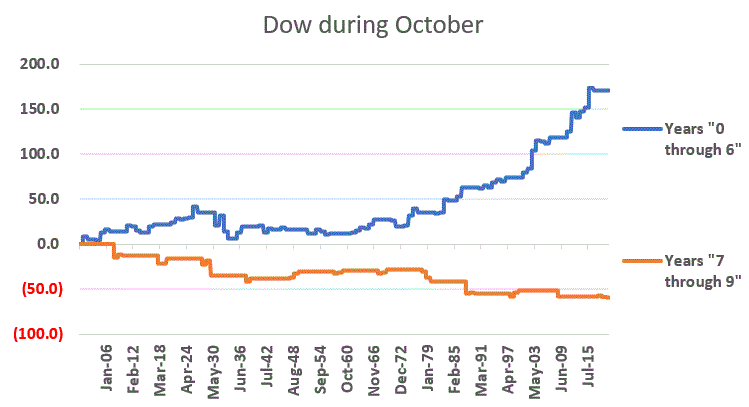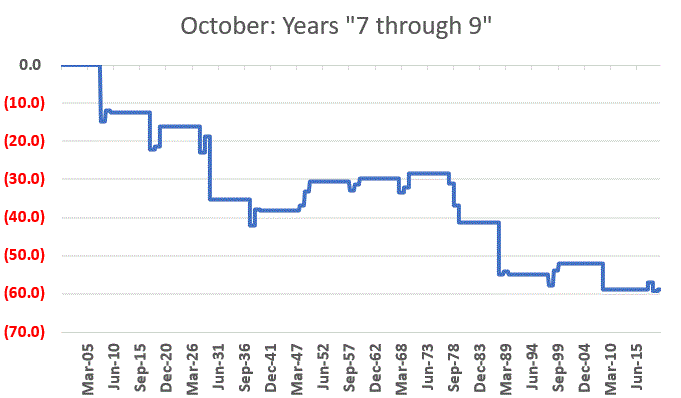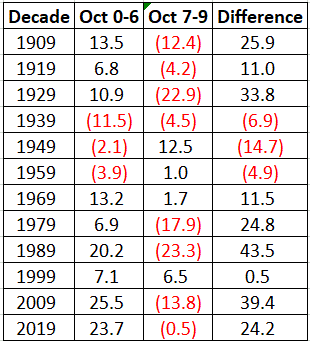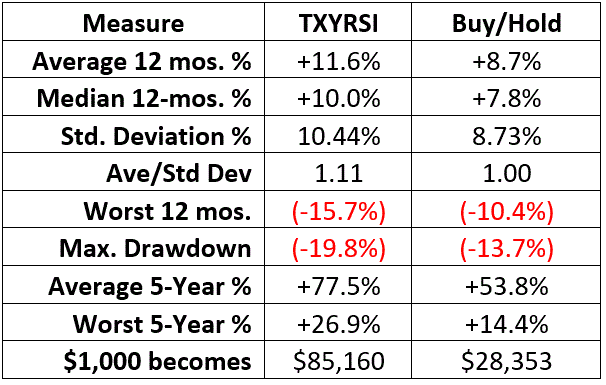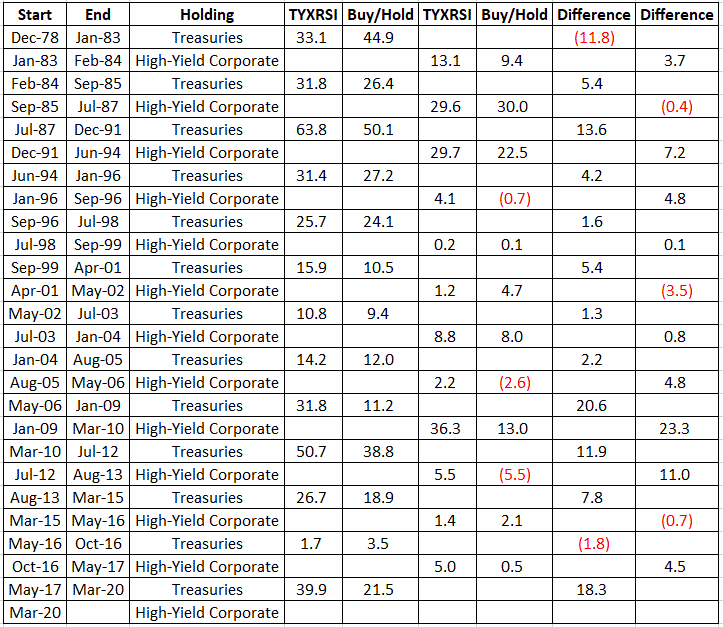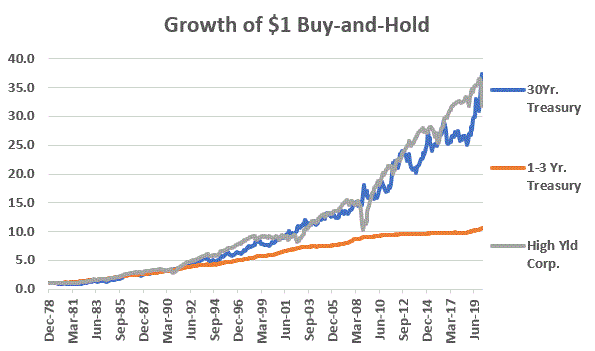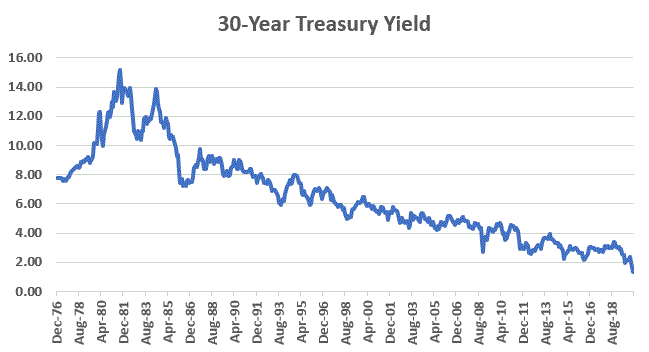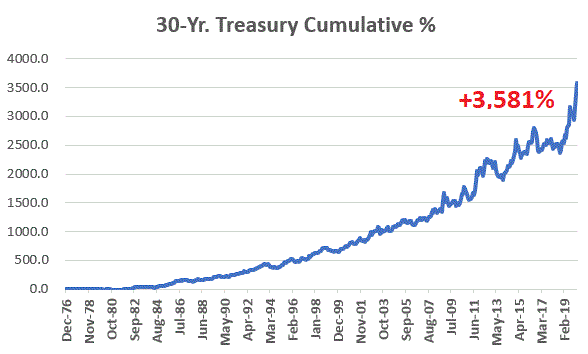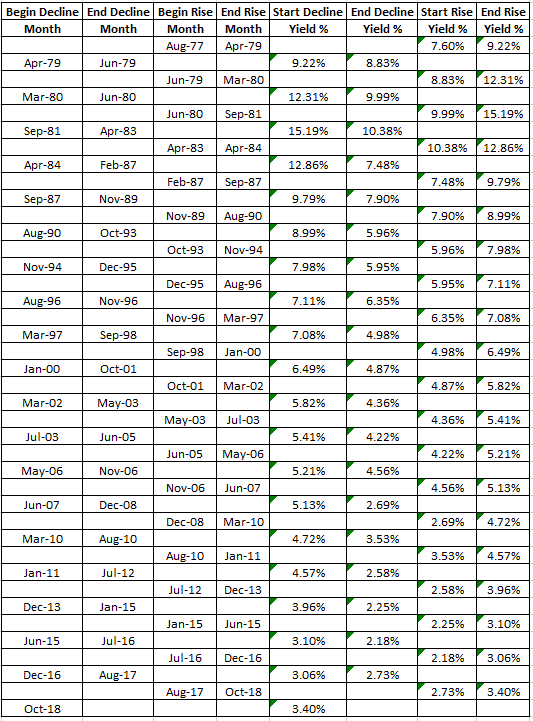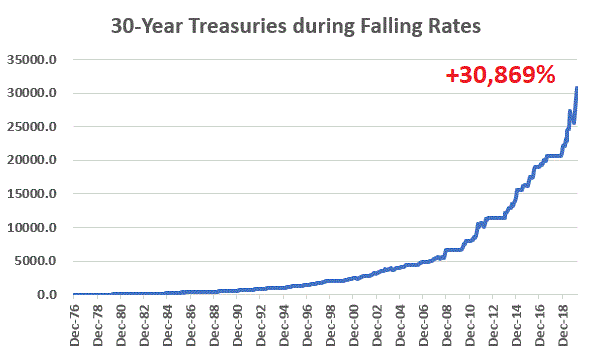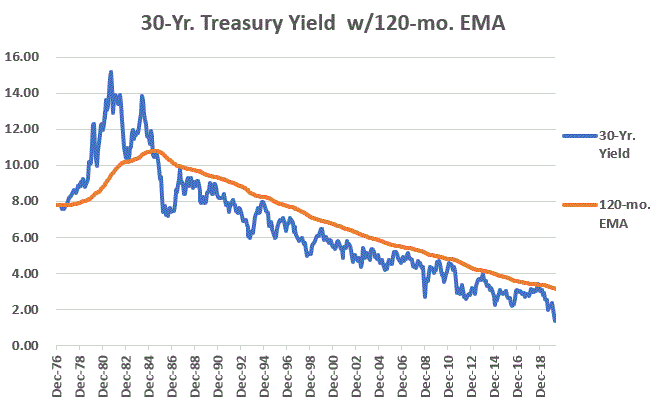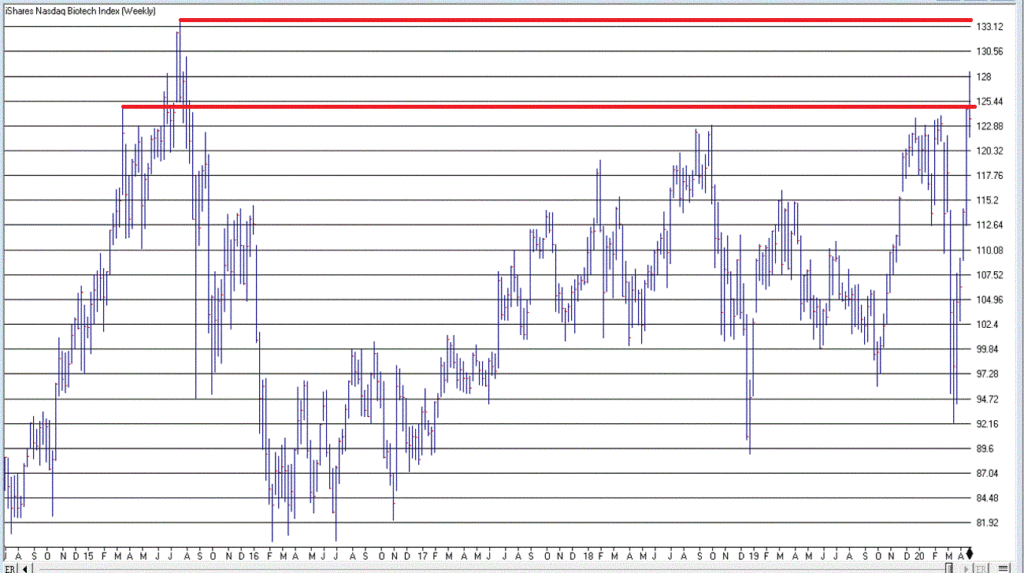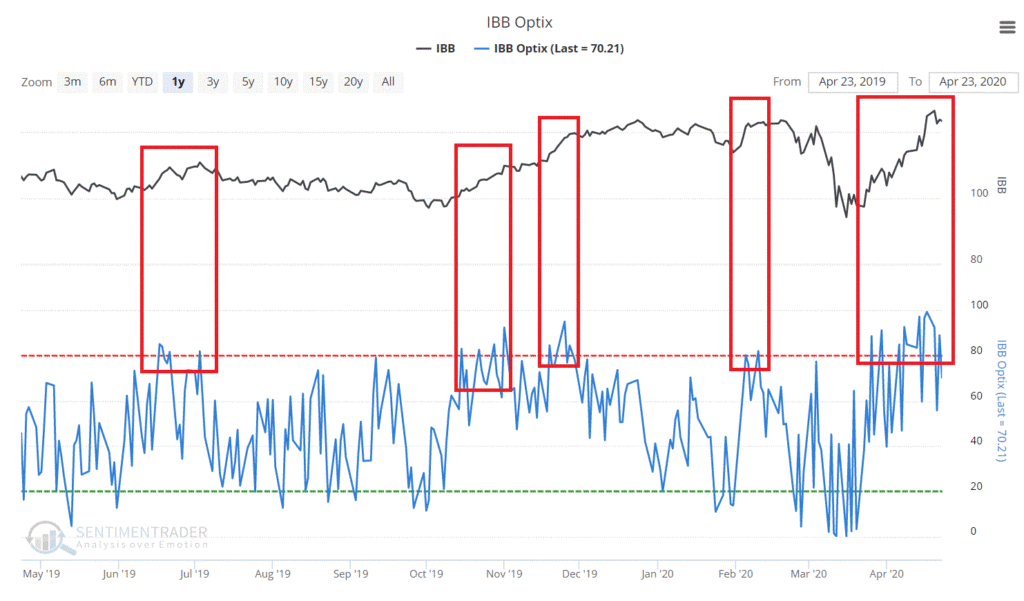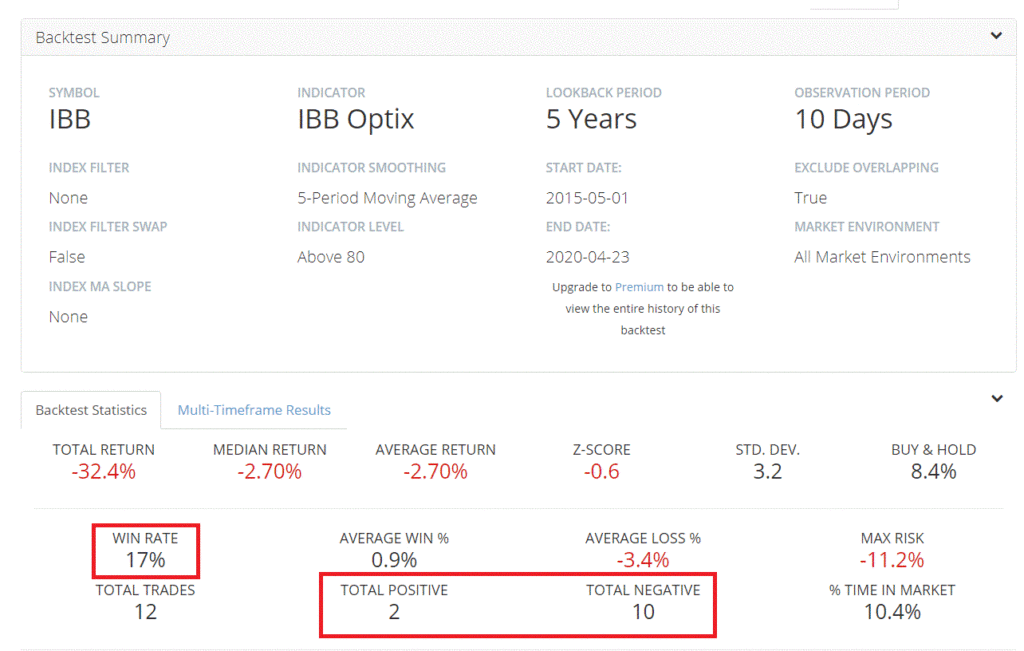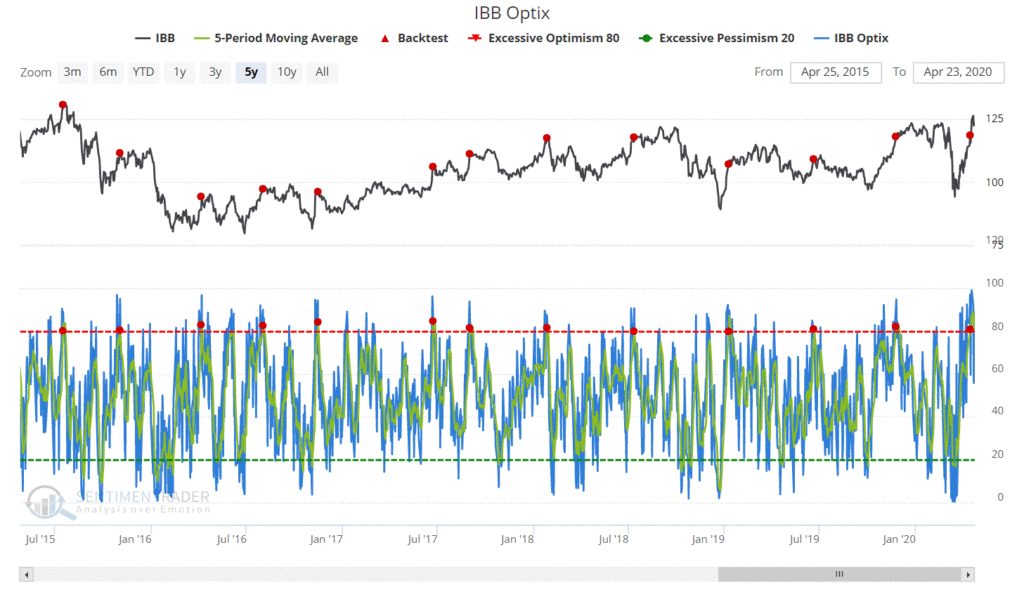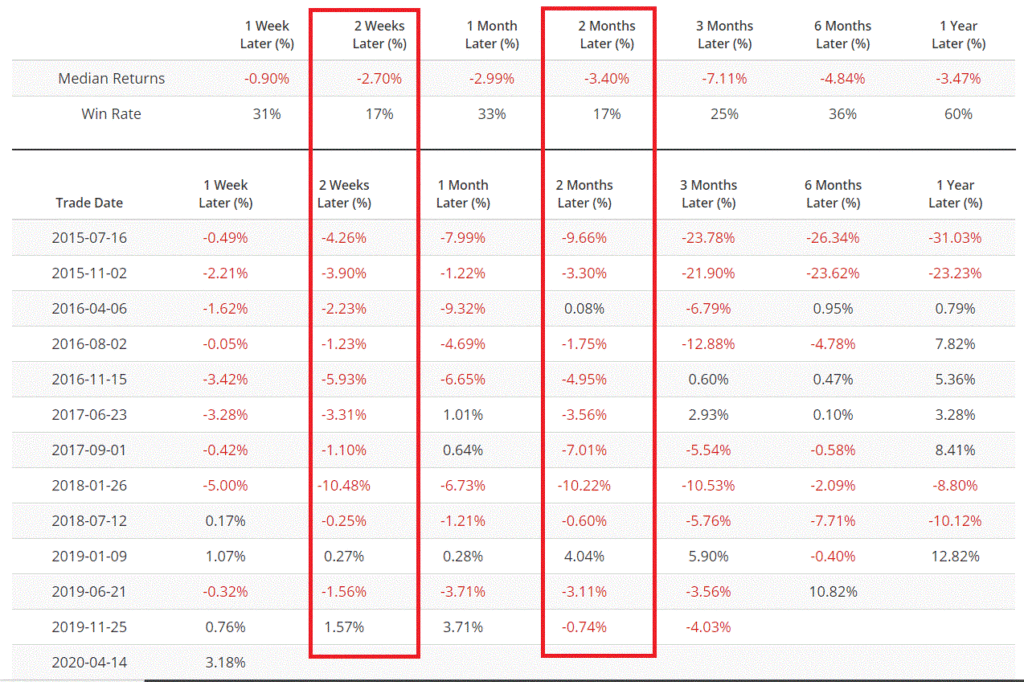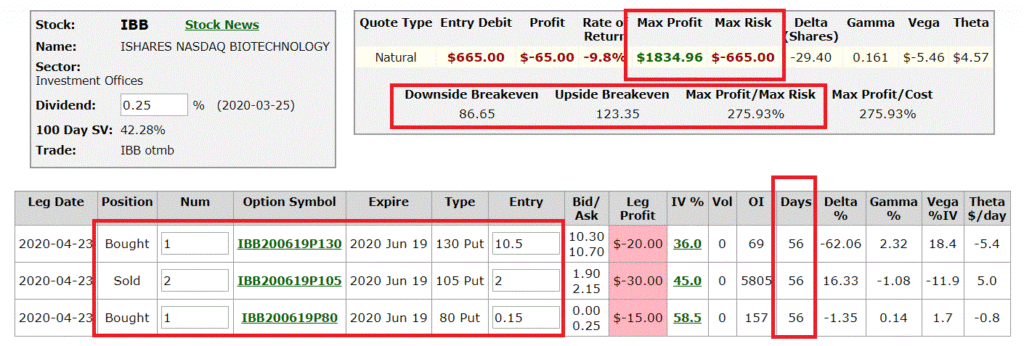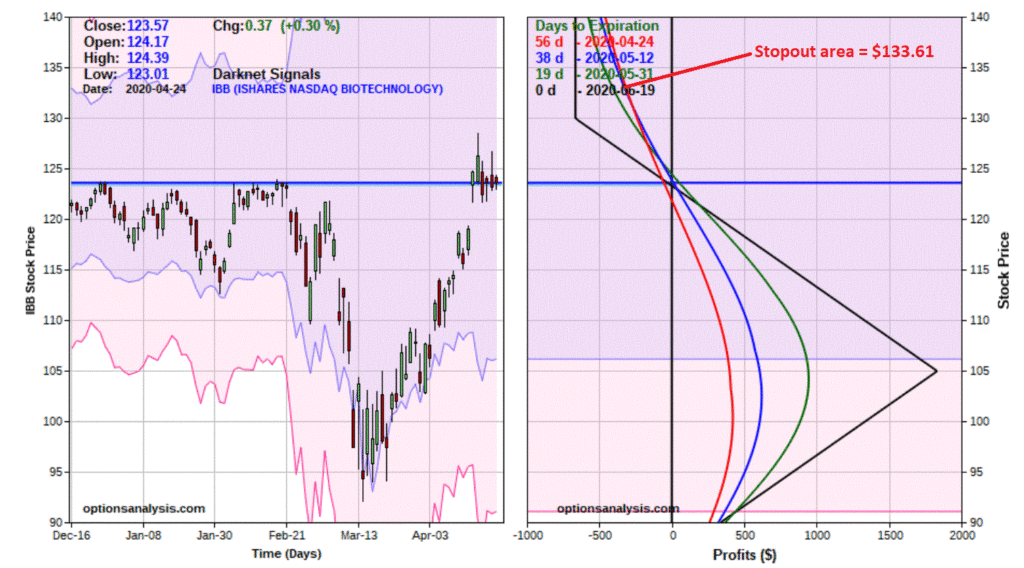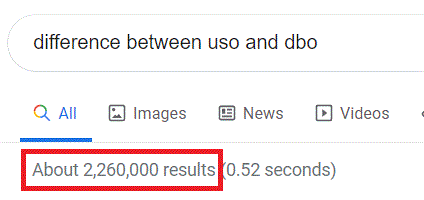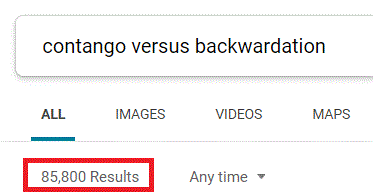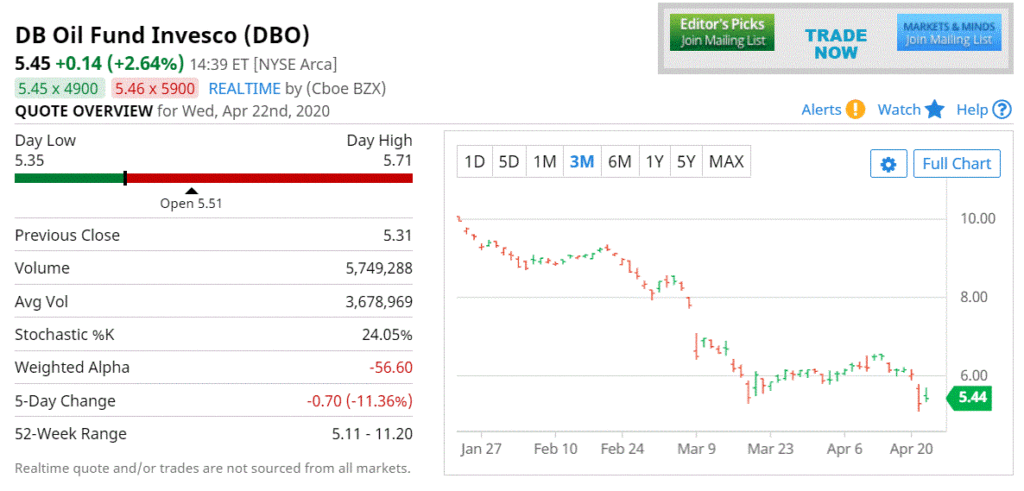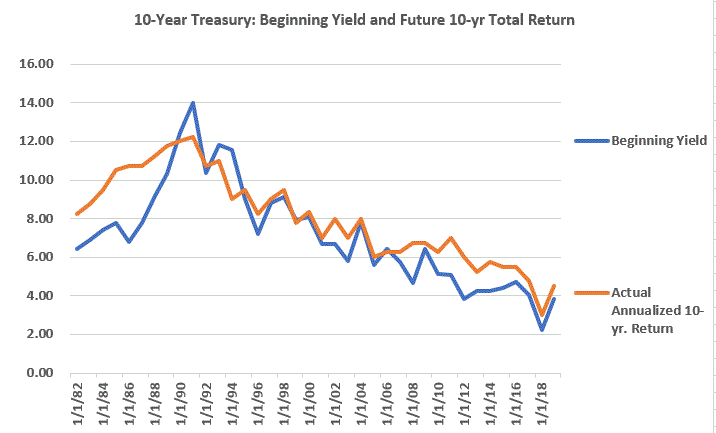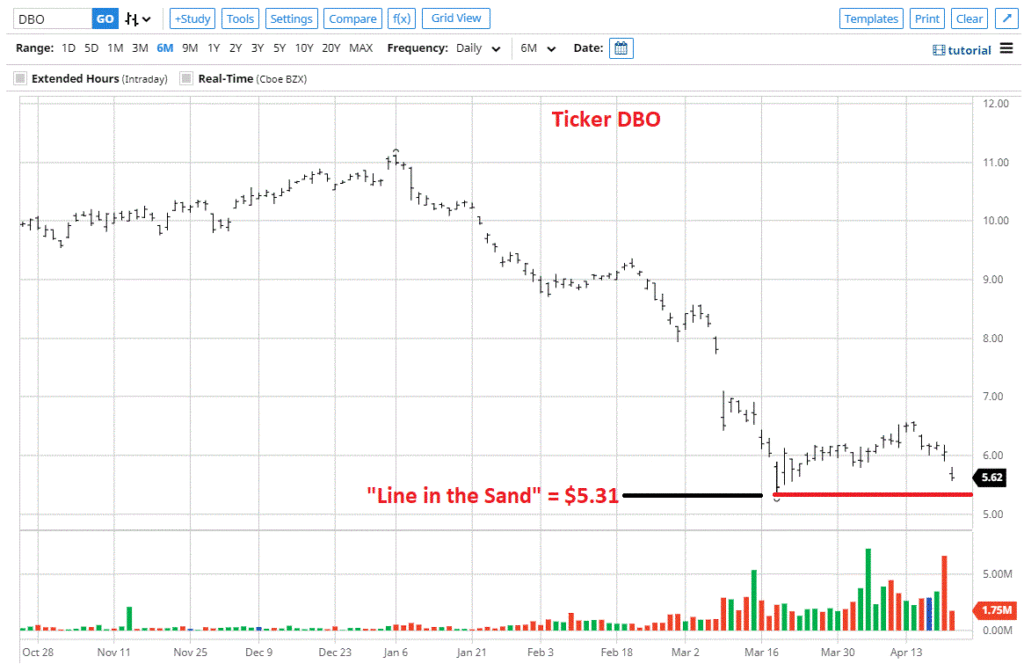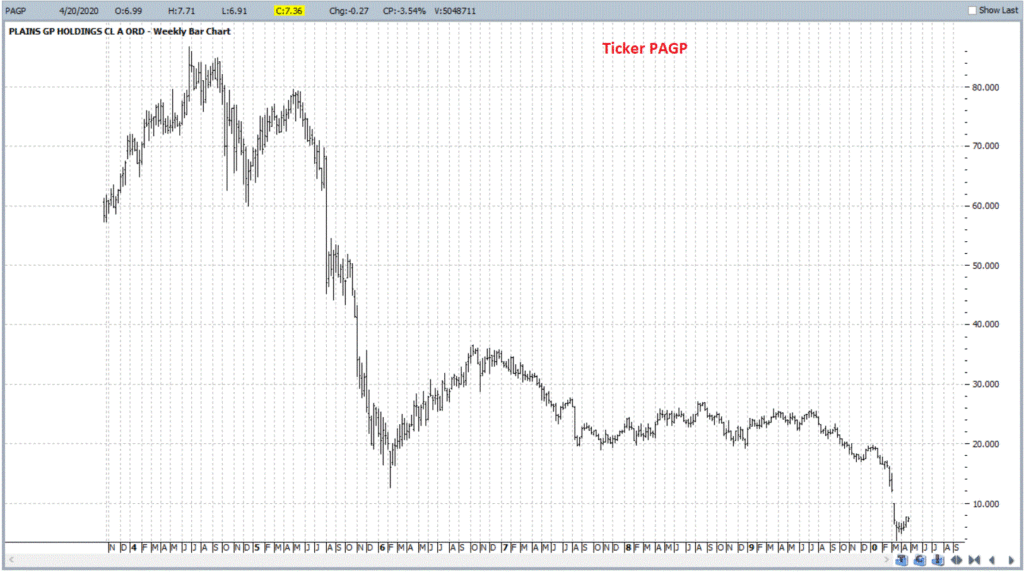I always try to remind people that “speculating” is different than “investing”, at least in my market-addled mind. Investing means putting money to work to hopefully make more money over time. Speculating means trying to make more money right freaking now. At least that’s one way to look at it.
As always, I do not make “recommendations” and try very hard to avoid making “predictions” (because I’m not very good at making them. Actually, for the record, I am very good at making them, just not so good at making them come true).
What follows is nothing more than an example of how to pull together different “things” to form a reasonably informed opinion, and then an example trade to attempt to play that opinion. Nothing more, nothing less.
Ticker IWM
IWM is an ETF that tracks the Russell 2000 Index. How are “things” for IWM? The reality is that you can see whatever you want to see. If you want to be bullish you can certainly find reasons to be bullish. But this example is going the other way.
Item #1: Sentiment
Figure 1 displays a tweet from www.Sentimentrader.com noting that trader sentiment is overwhelmingly bullish on IWM. While this in no way, shape or form guarantees a reversal, typically overwhelmingly bullish sentiment tends to be a bearish contrarian sign.
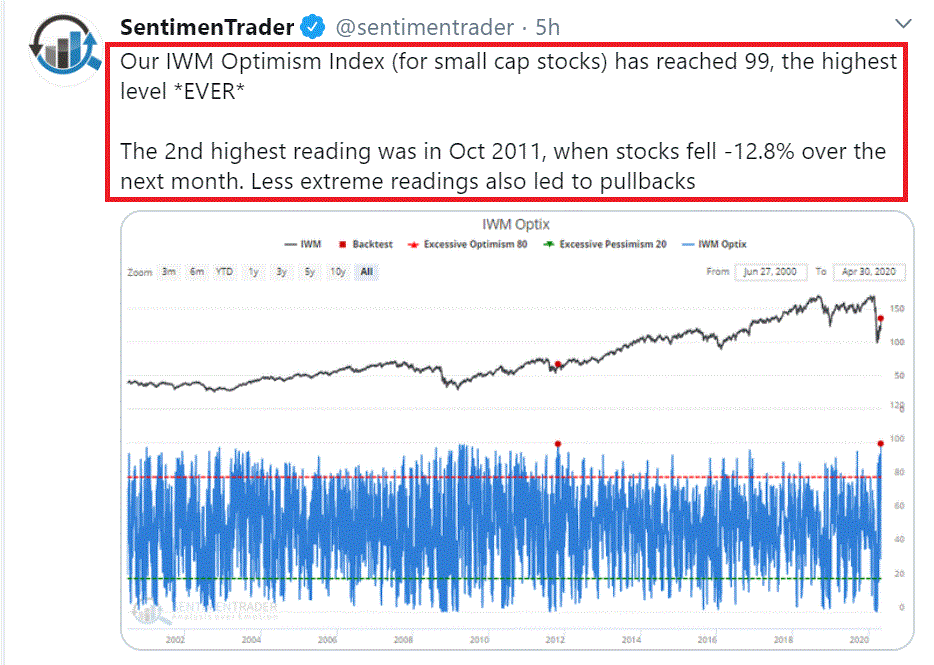
Figure 1 – Trader sentiment on IWM (Courtesy Sentimentrader.com)
Item #2: One pundit’s alarmingly bearish stance
https://blustarmkt.blogspot.com/ is regularly featured at www.McVerryReport.com. For what it’s worth, this blog is projecting an 11% decline for the overall stock market during the May 1-5 timeframe. For the record I am not agreeing or disagreeing, just noting that somebody is calling for the bottom to drop out shortly, which dovetails with the contrarian signal from Sentimentrader.com.
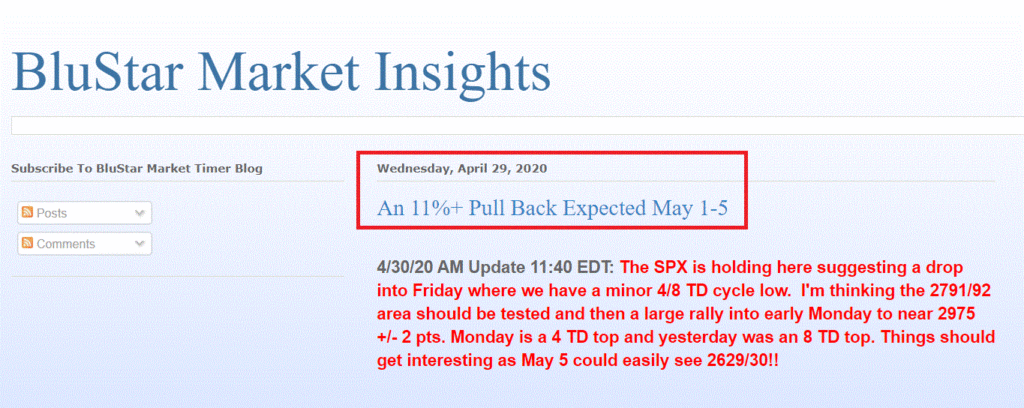
Figure 2 – BluStar Market Insight calling for a sharp decline soon
Item #3: A bearish Elliott Wave count from www.ProfitSource.com
In Figure 3 we see that ProfitSource software (which uses an objective built in algorithm to generate wave counts) is projecting a Bearish Wave 4 decline for IWM.
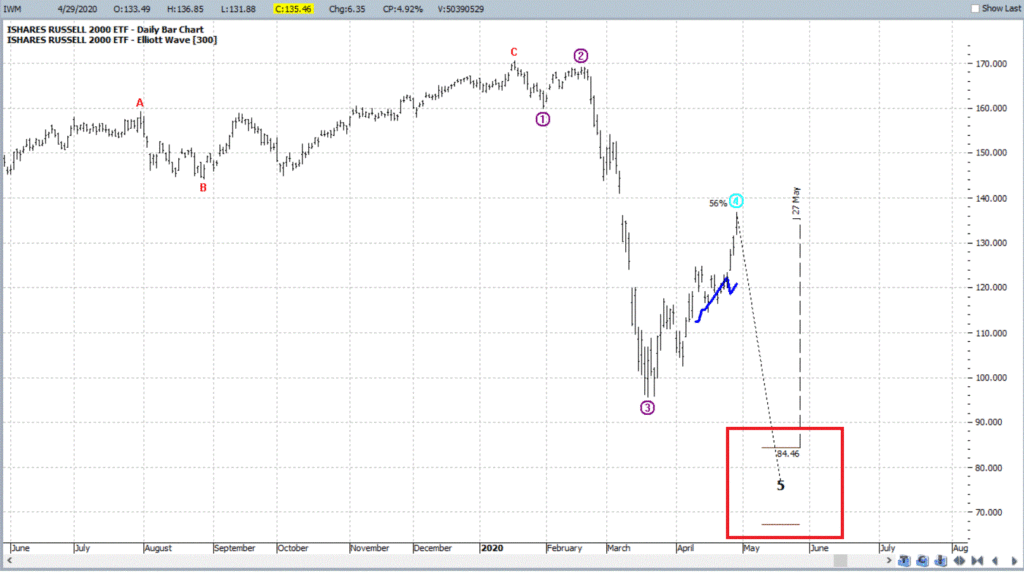
Figure 3 – Bearish Elliott Wave Projection (Courtesy ProfitSource by HUBB)
What to Do?
The simplest choice is to ignore all of the above and do nothing. Another choice is to speculate on a decline by IWM in the weeks/months ahead. And of course, there are any number of ways to do so. For our purposes, we will pick a fairly straightforward approach. The example trade below:
*Buys the IWM June2020 127 put @ $5.82
Figure 4 displays the details and Figure 5 displays the risk curves.

Figure 4 – IWM example trade details (Courtesy www.OptionsAnalysis.com)
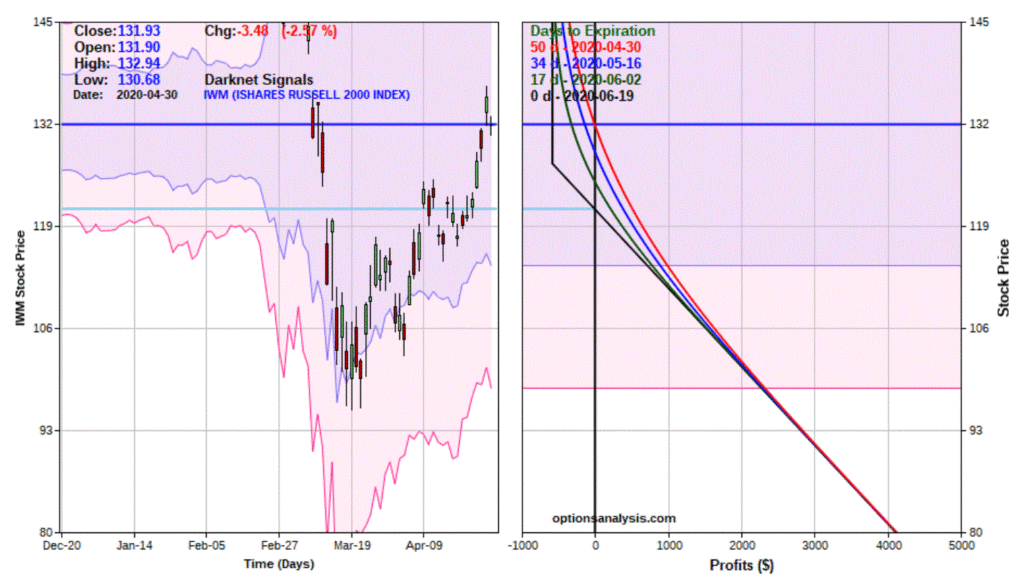
Figure 5 – IWM example trade (Courtesy www.OptionsAnalysis.com)
To look at this from a “trader’s perspective” let’s “zoom in a bit” on where this trade really lives, based on the following assumptions:
*If IWM gets up to $145 a share or so, our idea is pretty much shot and we should probably cut our loss
*The Elliott Wave projection has May 27th as the last date in the projected decline. This is 26 days prior to expiration, so we will consider the projected returns for this trade as of that date
*IF IWM really does plummet in the days/week ahead, we can assume that implied volatility will also “spike” once again. So using the “IV Multiplier” feature built into www.Optionsanalysis.com we (OK, I) will (arbitrarily) project returns based on IV being 33% higher than current levels (An increase in IV would serve to increase the amount of time premium in the option and would increase its value and in turn, our profit.
Figure 6 shows the “zoomed in” risk curves.
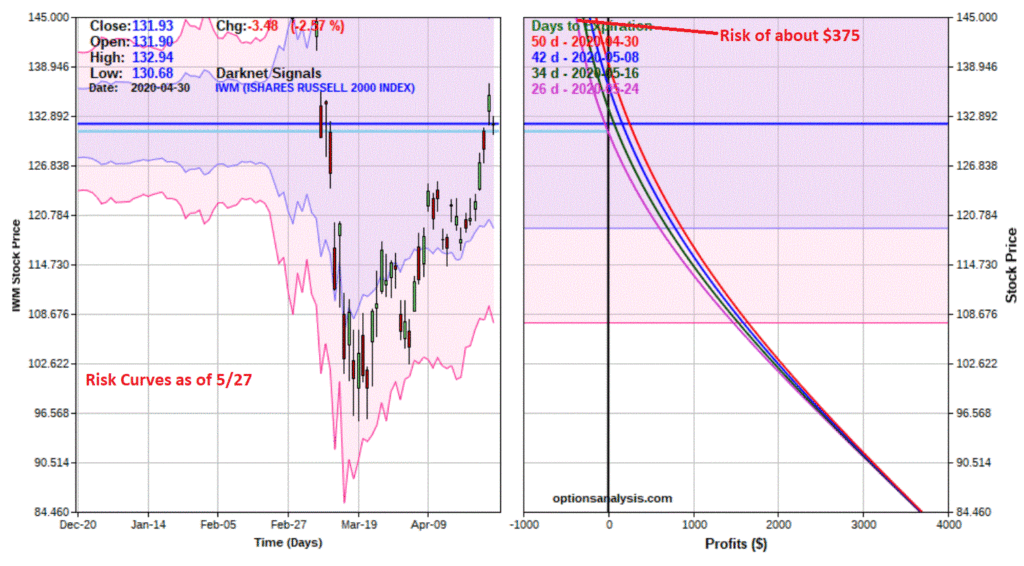
Figure 6 – IWM risk curves as of 5/26 (Courtesy www.OptionsAnalysis.com)
Trade Management
*From a risk standpoint, the maximum risk on a 1-lot is $582. However, if we resolve to exit the trade if IWM hits $145 a share by May 27th, our projected worst-case loss is in the -$375 range.
*On the downside, the key question to ask and answer is, a) am I really playing for a massive down move, or b) will I look to adjust the trade/take profits/etc. if a sizeable profit develops.
There are no “correct” answers to that second part but it is important to think about it ahead of time and not just “react” to developments – when emotion is running high.
Remember, this is intended strictly as food for thought.
Jay Kaeppel
Disclaimer: The information, opinions and ideas expressed herein are for informational and educational purposes only and are based on research conducted and presented solely by the author. The information presented represents the views of the author only and does not constitute a complete description of any investment service. In addition, nothing presented herein should be construed as investment advice, as an advertisement or offering of investment advisory services, or as an offer to sell or a solicitation to buy any security. The data presented herein were obtained from various third-party sources. While the data is believed to be reliable, no representation is made as to, and no responsibility, warranty or liability is accepted for the accuracy or completeness of such information. International investments are subject to additional risks such as currency fluctuations, political instability and the potential for illiquid markets. Past performance is no guarantee of future results. There is risk of loss in all trading. Back tested performance does not represent actual performance and should not be interpreted as an indication of such performance. Also, back tested performance results have certain inherent limitations and differs from actual performance because it is achieved with the benefit of hindsight.
